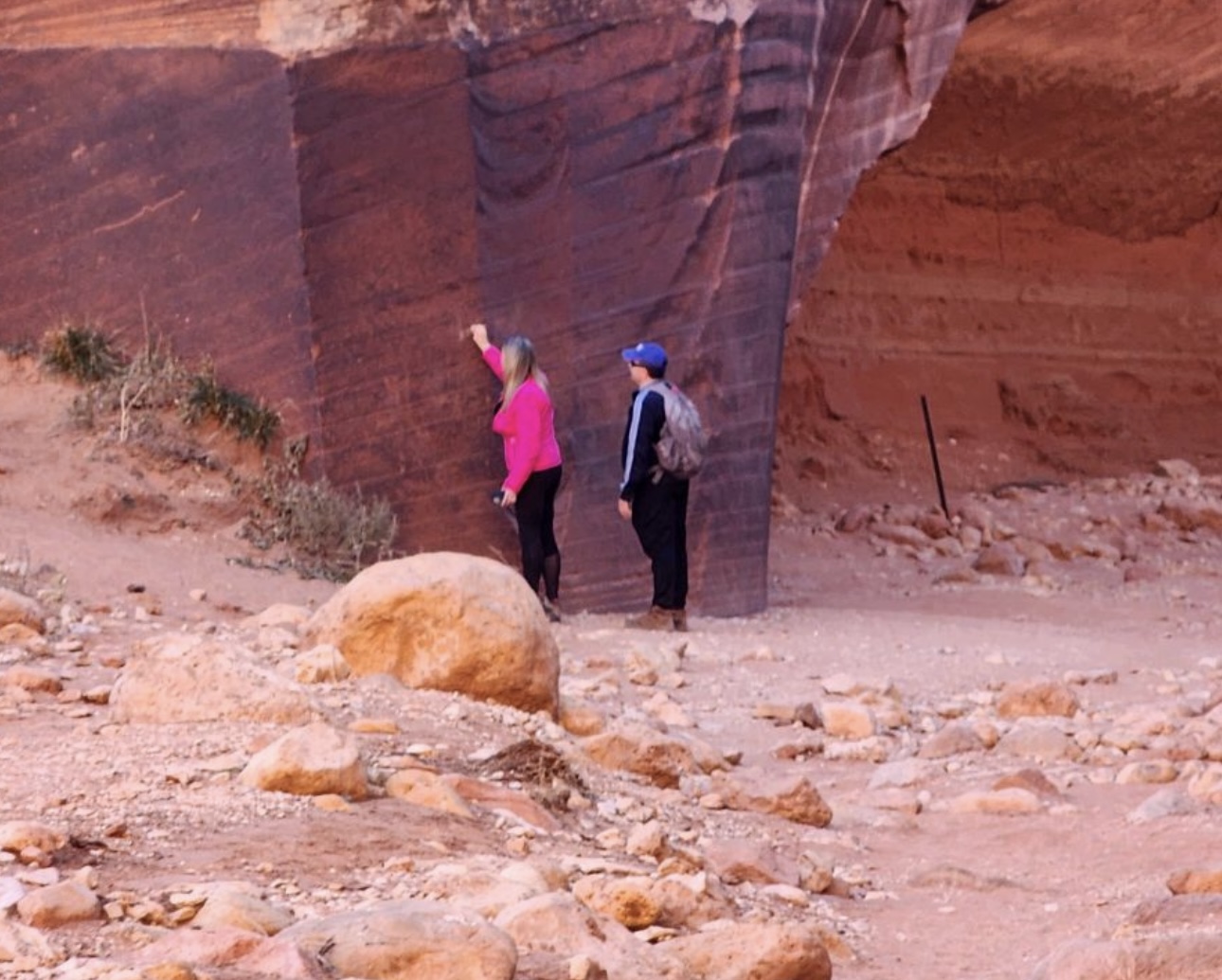Some information may be outdated.
Deserts all share one fundamental feature, as we learn in elementary school: they have very, very little water. Some plants can still thrive in the desert despite the scarcity of this essential resource, as the soil holds on to just enough water for their survival. But climate change could disrupt that fine balance.
Here, Dr. John Bradford, a research ecologist for the U.S. Geological Survey, explains how soil moisture can influence plant communities in the Southwest and how human management can interact with climate change to crucially alter these moisture levels.
Science Moab: So what does the term eco-hydrology mean? What does it look like, especially in arid places like the Southwest?
Bradford: “Eco-hydrology” refers to the interface of hydrology [The scientific study of the movement of water. -ed.] and ecosystems. The term applies to aquatic systems as well as to terrestrial systems in which water enters as precipitation. This is especially important in dryland systems because these are “water-limited” systems where plants and their reproduction are really influenced by their ability to get water from the soil. The patterns of where in the soil and when during the season that water is available make a big difference in the overall productivity of the plants and in the way they compete with each other for survival. Much of ecology studies the relationships between climatic conditions, like precipitation and temperature, and ecosystem functioning. Eco-hydrology takes that a step further to think about the dynamics of where and when plants can get water. Theoretically, this should provide a more accurate perspective on how changes in climate will impact vegetation.
Science Moab: How does land use management influence the hydrology of our southwestern forests?
Bradford: One of the most relevant instances of land use influencing eco-hydrology is forest management: If we thin forests, there tends to be more water moving into and eventually out of the soils in runoff or in drainage. Trees in really high-density stands have their growth depleted during a drought in a way that doesn’t happen where there’s greater thinning. When forests are thinned, more moisture is available for the remaining trees.
Science Moab: How do predictions about temperature and precipitation affect anticipated declines in soil moisture?
Bradford: Climate projections from different models all suggest increasing temperatures across the seasons in the future, but they’re a lot less consistent and certain in anticipating what precipitation will be. Our modeling approach takes daily estimates of what the weather conditions, both temperature and precipitation, are going to be for a given day. Then we tell the model about the vegetation structure, how deep the soil profile is, what its textures are and whether it’s sand or clay. The model simulates how the water moves through the canopy, how it gets intercepted by the litter layer, how much of it is able to infiltrate into the soil, how it percolates down into the soil, how the water is utilized by the plants to provide transpiration, and then, if water moves to the bottom of the profile, how that happens.
The model is a tool that integrates the demand that the atmosphere has for water. The drier and hotter the atmosphere is, the faster the rate of evaporation from the soil will be. The model allows us to understand that when you have increasing temperatures, you’re going to have faster rates of water loss. The plants lose water faster with transpiration and the water evaporates faster out of the soil. It provides a way to quantify the interactions between temperature and precipitation and examine what that means for drought.
Science Moab: Are there ways that we can address these changes?
Bradford: The ideal strategy is probably seeding or planting species that will be vibrant both now and in the long-term future. The National Weather Service has drought forecasts for three, six, 12 and 18 months. Land managers can tap into that resource to inform their decisions on whether it’s a good time to invest restoration dollars in one location or somewhere where we’re expecting a wet-enough condition that it won’t fail. These tools can help managers cope more effectively with current climate variability as well as plan for long-term climate trajectories.
To learn more and listen to the rest of John Bradford’s interview, visit soundcloud.com/user-495802209/water-in-desert-soil. This interview has been edited for clarity.
Science Moab talks to Dr. John Bradford about climate change’s impact on desert plants
Appreciate the coverage? Help keep local news alive.
Chip in to support the Moab Sun News.





